-
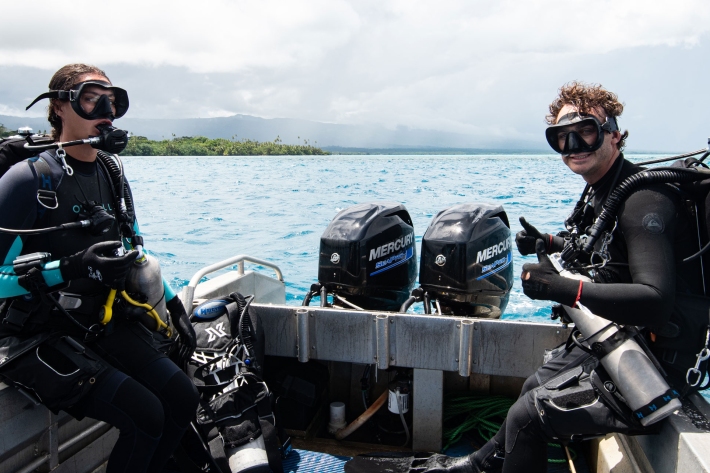
HMSNZ Manawanui Environmental Impact Assessment in Samoa
Publication article24 October 2025Supporting local ocean monitoring and analysis. -
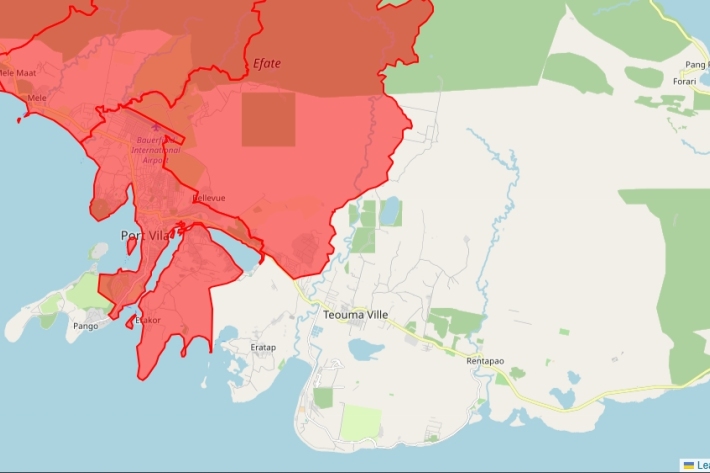
Fault lines to Frontlines—Supporting Vanuatu earthquake response
Publication article24 October 2025Surge support for hazard analysis and recovery. -

Reflections on the 2025 Floating University
Publication article24 October 2025Pacific early career marine scientists take part in a voyage of shared learning -

Pacific Partnership in Action at Reception with Solomon Islands Prime Minister
Publication article24 October 2025Collaboration across Pacific Natural Hazards -
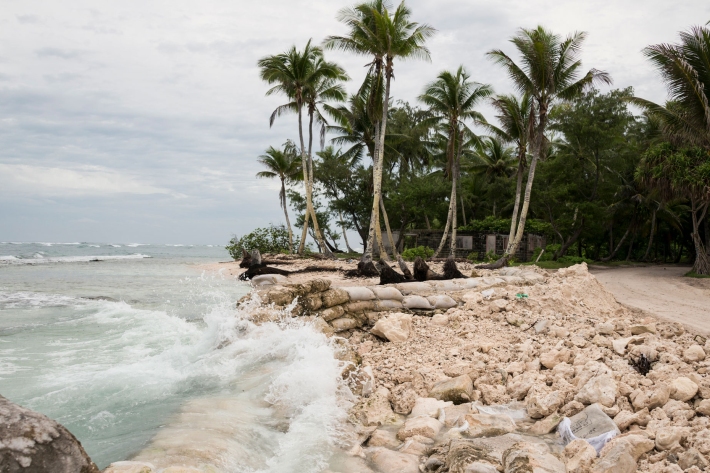
Weather Ready Pacific: Stronger Together
Publication article24 October 2025Earth Sciences New Zealand support for Pacific early warning and resilience -

Hotspot Watch 23 October 2025
Hotspot23 October 2025A weekly update describing soil moisture patterns across the country to show where dry to extremely dry conditions are occurring or imminent. -
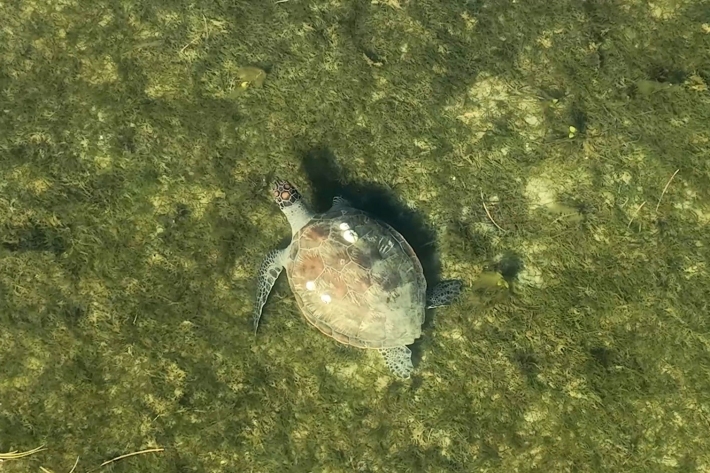
First known green turtle feeding habitat confirmed in NZ
Media release22 October 2025Scientists have used drones to video green turtles feeding in New Zealand waters for the first time. -
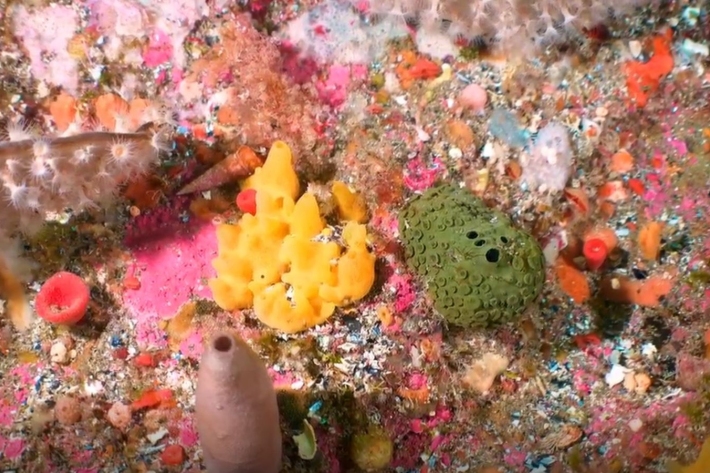
Discovery of new marine sponges a ‘huge surprise’
Media release21 October 2025A research team exploring marine sponges in Fiordland has found half of the 82 sponge specimens collected during a recent trip are new to science. -
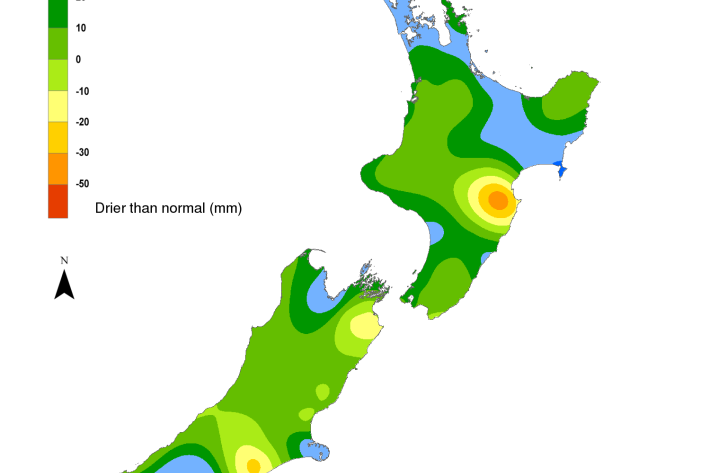
Hotspot Watch 16 October 2025
Hotspot17 October 2025A weekly update describing soil moisture patterns across the country to show where dry to extremely dry conditions are occurring or imminent. -
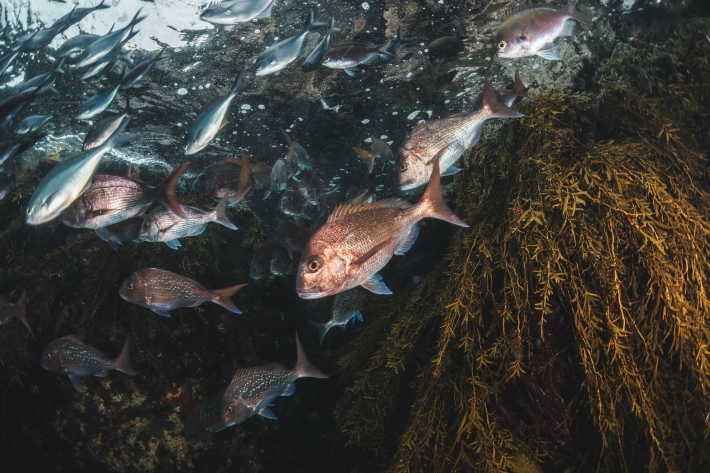
New research to understand the impact of marine heatwaves on fisheries
Media release15 October 2025A new report has outlined how gradual long-term warming of the waters around New Zealand, and an increase in short-term heat events, are likely under different greenhouse gas emission scenarios. -
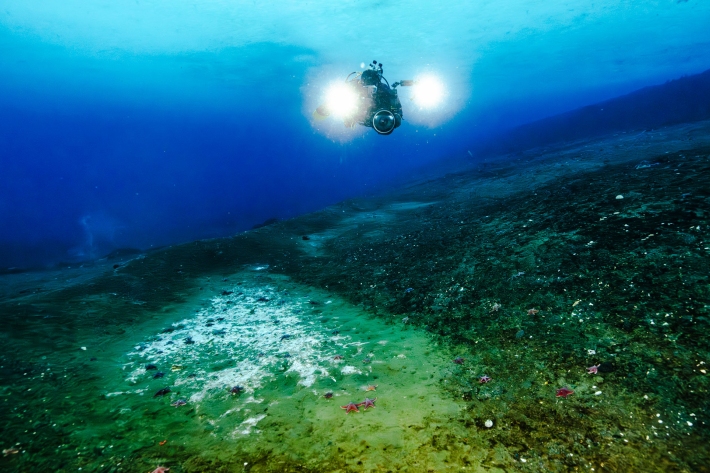
Antarctic methane discoveries skyrocket
Media release10 October 2025New methane seeps are being discovered at an astonishing rate in Antarctic waters. -
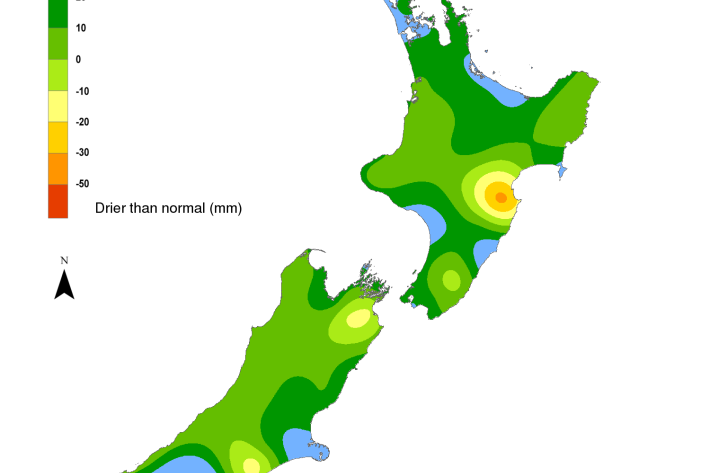
Hotspot Watch 9 October 2025
Hotspot09 October 2025A weekly update describing soil moisture patterns across the country to show where dry to extremely dry conditions are occurring or imminent.
